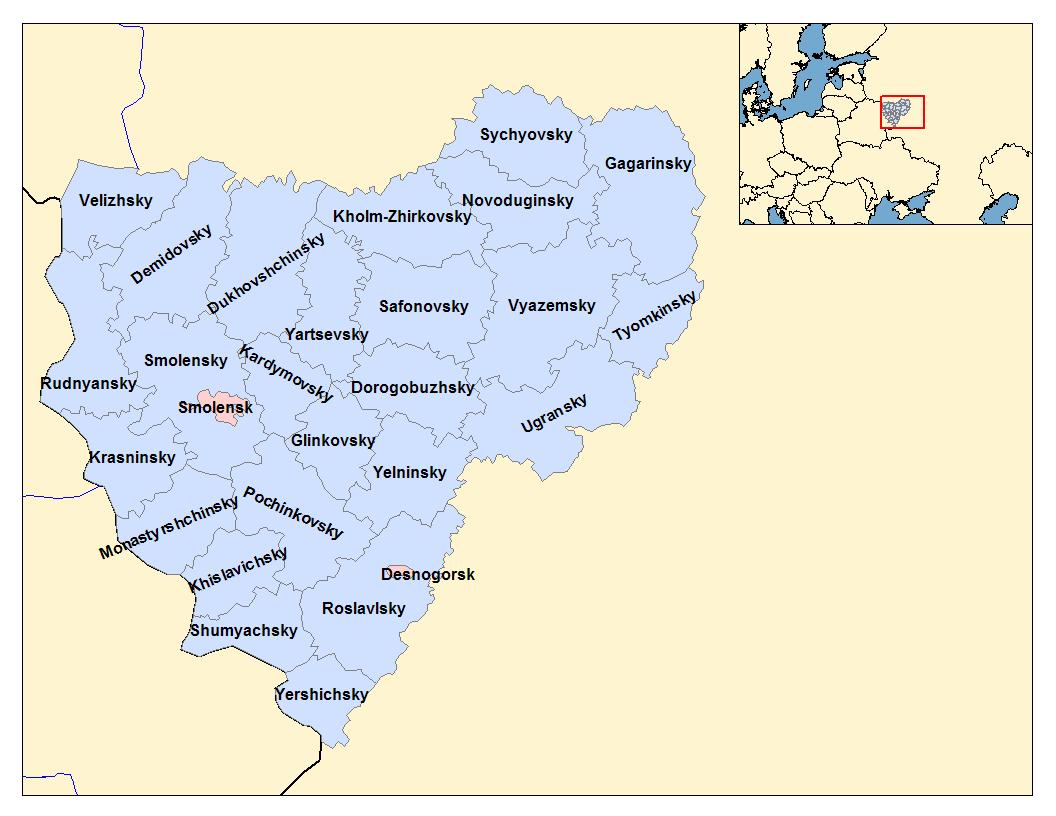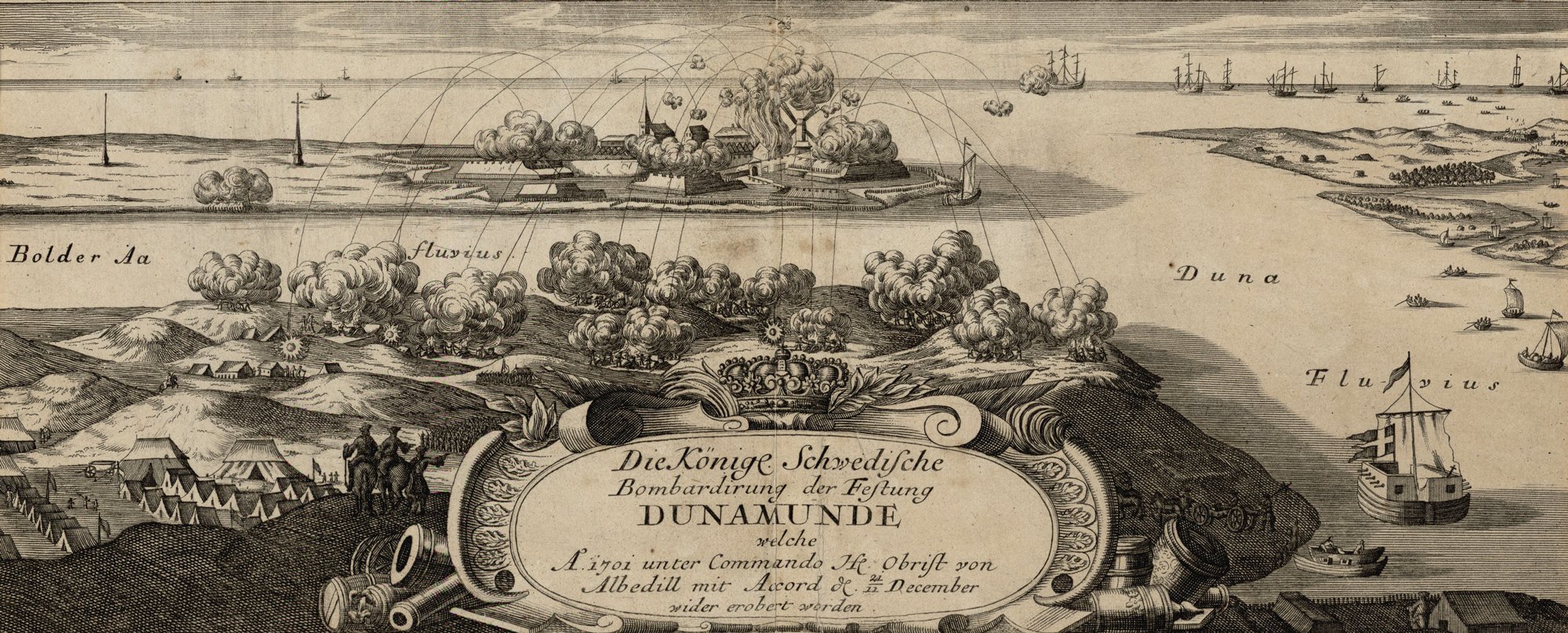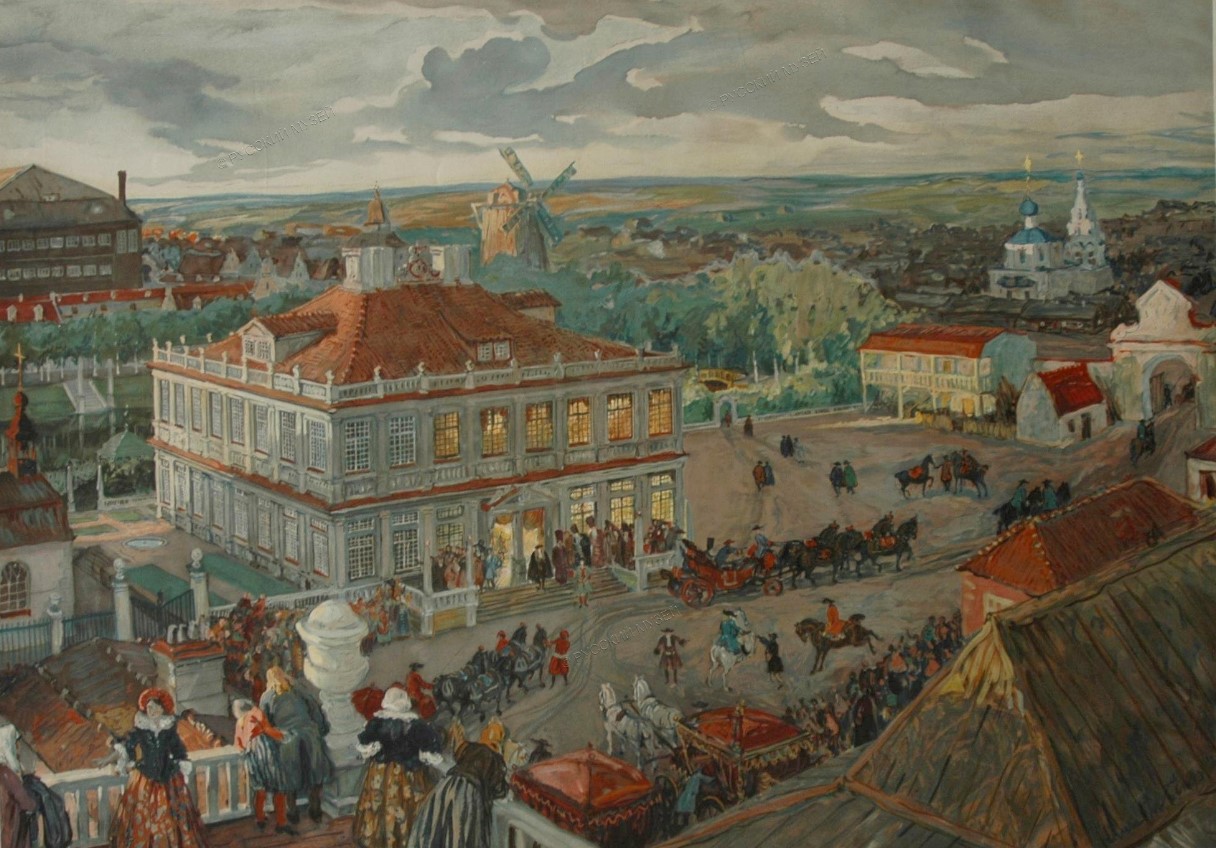|
Lake Sapsho
Lake Sapsho (russian: Сапшо́) is a glacial lake in Demidovsky District of Smolensk Oblast, Russia. It is the largest lake (3,04 km2) of the Smolenskoye Poozerye National Park. It is situated northeast of Demidov in the northwestern part of the oblast, near the settlement of Przhevalskoye. A famous 19th century Russian traveller Nikolay Przhevalsky compared the lake with Lake Baikal in miniature. The lake is a natural monument. It is connected with the Baltic Sea by the Sapsha, Vasilyevka, Yelsha, and Daugava rivers. There are 4 big and 2 small islands on the lake. There are a lot of tumuli of the Tushumlin culture by Lake Sapsho.О тушемлинской культуре IV—VII веков в Верхне ... [...More Info...] [...Related Items...] OR: [Wikipedia] [Google] [Baidu] |
Smolensk Oblast
Smolensk Oblast (russian: Смоле́нская о́бласть, ''Smolenskaya oblast''; informal name — ''Smolenschina'' (russian: Смоле́нщина)) is a federal subject of Russia (an oblast). Its administrative centre is the city of Smolensk. As of the 2010 Census, its population was 985,537. Geography The oblast was founded on 27 September 1937.Исполнительный комитет Смоленского областного совета народных депутатов. Государственный архив Смоленской области. "Административно-территориальное устройство Смоленской области. Справочник", изд. "Московский рабочий", Москва 1981. Стр. 8 It borders Pskov Oblast in the north, Tver Oblast in the northeast, Moscow Oblast in the east, Kaluga Oblast in south, Bryansk Oblast in the southwest, and Mogilev and Vitebsk ... [...More Info...] [...Related Items...] OR: [Wikipedia] [Google] [Baidu] |
Daugava
The Daugava ( ltg, Daugova; german: Düna) or Western Dvina (russian: Западная Двина, translit=Západnaya Dviná; be, Заходняя Дзвіна; et, Väina; fi, Väinäjoki) is a large river rising in the Valdai Hills of Russia that flows through Belarus and Latvia into the Gulf of Riga of the Baltic Sea. It rises close to the source of the Volga. It is in length, of which are in Latvia and are in Russia. It is a westward-flowing river, tracing out a great south-bending curve as it passes through northern Belarus. Latvia's capital, Riga, bridges the river's estuary four times. Built on both riverbanks, the city centre is from the river's mouth and is a significant port. Geography The total catchment area of the river is , of which are within Belarus. Tributaries The following rivers are tributaries to the river Daugava (from source to mouth): *Left: Mezha, Kasplya, Dysna, Laucesa *Right: Usvyacha, Palata, Drysa, Dubna, Aiviekste, Pērse ... [...More Info...] [...Related Items...] OR: [Wikipedia] [Google] [Baidu] |
Lakes Of Smolensk Oblast
A lake is an area filled with water, localized in a basin, surrounded by land, and distinct from any river or other outlet that serves to feed or drain the lake. Lakes lie on land and are not part of the ocean, although, like the much larger oceans, they do form part of the Earth's water cycle. Lakes are distinct from lagoons, which are generally coastal parts of the ocean. Lakes are typically larger and deeper than ponds, which also lie on land, though there are no official or scientific definitions. Lakes can be contrasted with rivers or streams, which usually flow in a channel on land. Most lakes are fed and drained by rivers and streams. Natural lakes are generally found in mountainous areas, rift zones, and areas with ongoing glaciation. Other lakes are found in endorheic basins or along the courses of mature rivers, where a river channel has widened into a basin. Some parts of the world have many lakes formed by the chaotic drainage patterns left over from the last ice ... [...More Info...] [...Related Items...] OR: [Wikipedia] [Google] [Baidu] |
Depth Sapsho-Petrakovskoye
Depth(s) may refer to: Science and mathematics * Three-dimensional space * Depth (ring theory), an important invariant of rings and modules in commutative and homological algebra * Depth in a well, the measurement between two points in an oil well * Color depth (or "number of bits" or "bit depth"), in computer graphics * Market depth, in financial markets, the size of an order needed to move the market a given amount * Moulded depth, a nautical measurement * Sequence depth, or coverage, in genetic sequencing * Depth (coordinate), a type of vertical distance * Tree depth Art and entertainment * ''Depth'' (video game), an Indie video game * ''Depths'' (novel), a 2004 novel by Henning Mankell * ''Depths'' (Oceano album), 2009 * ''Depths'' (Windy & Carl album), 1998 * "Depths" (''Law & Order: Criminal Intent''), an episode of ''Law & Order: Criminal Intent'' * ''Depth'', the Japanese title for the PlayStation game released in Europe under the name ''Fluid'' * Depth, an asym ... [...More Info...] [...Related Items...] OR: [Wikipedia] [Google] [Baidu] |
Western Dvina
, be, Заходняя Дзвіна (), liv, Vēna, et, Väina, german: Düna , image = Fluss-lv-Düna.png , image_caption = The drainage basin of the Daugava , source1_location = Valdai Hills, Russia , mouth_location = Gulf of Riga, Baltic Sea , mouth_coordinates = , subdivision_type1 = Country , subdivision_name1 = Belarus, Latvia, Russia , length = , source1_elevation = , mouth_elevation = , discharge1_avg = , basin_size = , pushpin_map = , pushpin_map_size = , pushpin_map_caption = , pushpin_map_alt = The Daugava ( ltg, Daugova; german: Düna) or Western Dvina (russian: Западная Двина, translit=Západnaya Dviná; be, Заходняя Дзвіна; et, Väina; fi, Väinäjoki) is a large river rising in the Valdai Hills of Russia that flows through Belarus and Latvia into the Gulf of Riga of the Baltic Sea. It rises close to the source of the Volga. It is in length, of which are in Latvia and are in Russia. It is a westward-flowing river, tra ... [...More Info...] [...Related Items...] OR: [Wikipedia] [Google] [Baidu] |
Smolensk–Moscow Upland
The Smolensk–Moscow Upland is located in the Yaroslavl, Vladimir, Moscow and Smolensk regions of Russia, as well as the Vitebsk region of Belarus. Geography It stretches from southwest to northeast from the Belarusian city of Orsha to Yuriev-Polsky. It consists of the Smolensk Upland (western part) and the Moscow Uplands (eastern part). It extends 500 km. Its highest point is 320 m (northeastern part of Smolensk). The terrain is hilly, erosion-moraine. In the west the moraine chain goes to the Belarusian ridge . The Dnieper (west) and the Volga (east) rivers drain its hill. The watersheds feed three seas: the Baltic (Kasplya → Western Dvina), Black (Dnieper) and the Caspian (the Volga, the Oka River and their tributaries). Ecology It is covered with mixed forests, dominated by spruce and birch. Peat bogs are also present. Its soils are mainly sod- podzolic, loam Loam (in geology and soil science) is soil composed mostly of sand ( particle size > ), silt (part ... [...More Info...] [...Related Items...] OR: [Wikipedia] [Google] [Baidu] |
Sloboda Upland
A sloboda ( rus, слобода́, p=sləbɐˈda) was a kind of settlement in the history of the Old Russian regions Povolzhye, Central Russia, Belarus and Ukraine. The name is derived from the early Slavic word for "freedom" and may be loosely translated as "(tax-)free settlement"."Sloboda" '''' (1890–1906) In modern Russia, the term is used to denote a type of a rural locality in |
IUCN Red List
The International Union for Conservation of Nature (IUCN) Red List of Threatened Species, also known as the IUCN Red List or Red Data Book, founded in 1964, is the world's most comprehensive inventory of the global conservation status of biological species. It uses a set of precise criteria to evaluate the extinction risk of thousands of species and subspecies. These criteria are relevant to all species and all regions of the world. With its strong scientific base, the IUCN Red List is recognized as the most authoritative guide to the status of biological diversity. A series of Regional Red Lists are produced by countries or organizations, which assess the risk of extinction to species within a political management unit. The aim of the IUCN Red List is to convey the urgency of conservation issues to the public and policy makers, as well as help the international community to reduce species extinction. According to IUCN the formally stated goals of the Red List are to provide ... [...More Info...] [...Related Items...] OR: [Wikipedia] [Google] [Baidu] |
Fauna
Fauna is all of the animal life present in a particular region or time. The corresponding term for plants is ''flora'', and for fungi, it is '' funga''. Flora, fauna, funga and other forms of life are collectively referred to as ''biota''. Zoologists and paleontologists use ''fauna'' to refer to a typical collection of animals found in a specific time or place, e.g. the " Sonoran Desert fauna" or the " Burgess Shale fauna". Paleontologists sometimes refer to a sequence of faunal stages, which is a series of rocks all containing similar fossils. The study of animals of a particular region is called faunistics. Etymology '' Fauna'' comes from the name Fauna, a Roman goddess of earth and fertility, the Roman god Faunus, and the related forest spirits called Fauns. All three words are cognates of the name of the Greek god Pan, and ''panis'' is the Greek equivalent of fauna. ''Fauna'' is also the word for a book that catalogues the animals in such a manner. The term was fir ... [...More Info...] [...Related Items...] OR: [Wikipedia] [Google] [Baidu] |






